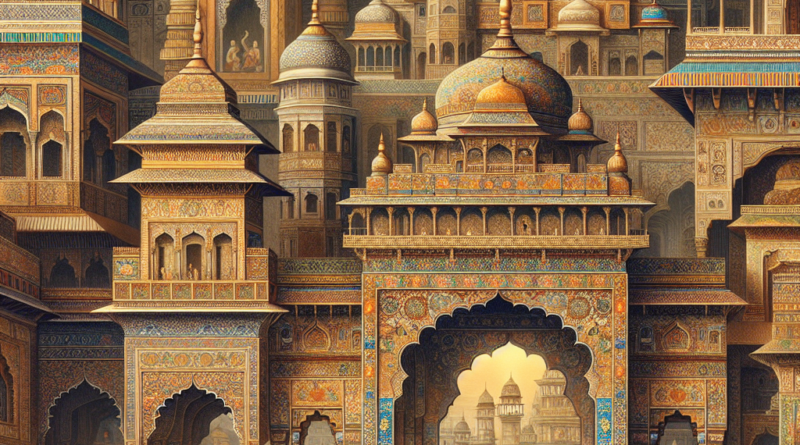Eternal Beauty: The Rich History of Indian Civilization
Title: The Rich Tapestry of Indian Civilization: Exploring Hindu and Rajput Cultural Significance
Introduction:
Indian civilization is a vibrant tapestry woven with threads of diverse cultures, beliefs, and traditions. Among the many facets that contribute to the richness of Indian heritage, Hinduism and the legacy of the Rajputs stand out as pillars of cultural significance. In this article, we delve into the historical context and contemporary relevance of Hindu and Rajput cultures within the broader framework of Indian civilization.
Historical Context:
Hinduism, one of the world’s oldest living religions, has been a cornerstone of Indian civilization for millennia. Its roots can be traced back to the ancient Indus Valley civilization, where early forms of Vedic rituals and practices were prevalent. Over the centuries, Hinduism evolved into a complex tapestry of beliefs, rituals, and philosophies that continue to shape Indian society and culture.
The Rajputs, a warrior caste hailing from the northwestern regions of India, rose to prominence during the medieval period. Known for their valor, chivalry, and loyalty, the Rajputs played a crucial role in shaping the political landscape of India. Their kingdoms, known as Rajputana, were centers of art, architecture, and culture, showcasing a unique blend of Hindu traditions and martial prowess.
Cultural Significance:
Hinduism permeates every aspect of Indian life, influencing art, literature, music, dance, and architecture. The concept of dharma, karma, and moksha form the core tenets of Hindu philosophy, guiding individuals towards righteous living and spiritual enlightenment. Festivals like Diwali, Holi, and Navaratri celebrate the triumph of good over evil, fostering a sense of unity and community among people of diverse backgrounds.
The Rajputs, with their rich heritage of tales of valor and honor, have left an indelible mark on Indian culture. Their architectural marvels, such as the forts of Chittorgarh, Jaisalmer, and Amer, stand as testaments to their grandeur and architectural prowess. The Rajput ethos of bravery, sacrifice, and loyalty continues to inspire generations, reflected in art forms like Rajput painting, music, and dance.
Contemporary Relevance:
In contemporary India, the influence of Hindu and Rajput cultures can be seen in various aspects of society. The practice of yoga and meditation, rooted in Hindu philosophy, has gained global popularity for its health and wellness benefits. Indian classical dance forms like Bharatanatyam, Kathak, and Odissi continue to captivate audiences worldwide, showcasing the rich cultural heritage of the land.
The Rajput legacy lives on in the valor and resilience of the people of Rajasthan, who take pride in their martial traditions and folk arts. Festivals like Teej, Gangaur, and Holi are celebrated with great fervor, keeping alive age-old customs and rituals. The hospitality and warmth of Rajput households, exemplified by the concept of “atithi devo bhava” (guest is god), continue to be cherished values in modern Indian society.
Conclusion:
The tapestry of Indian civilization is woven with the threads of Hindu and Rajput cultures, each adding its unique colors and patterns to the vibrant mosaic of Indian heritage. Through their ancient traditions, beliefs, and practices, Hindus and Rajputs have preserved a legacy that continues to resonate in contemporary times. As India marches towards the future, embracing modernity and progress, the roots of its cultural identity remain firmly anchored in the timeless wisdom and valor of its ancestors.

